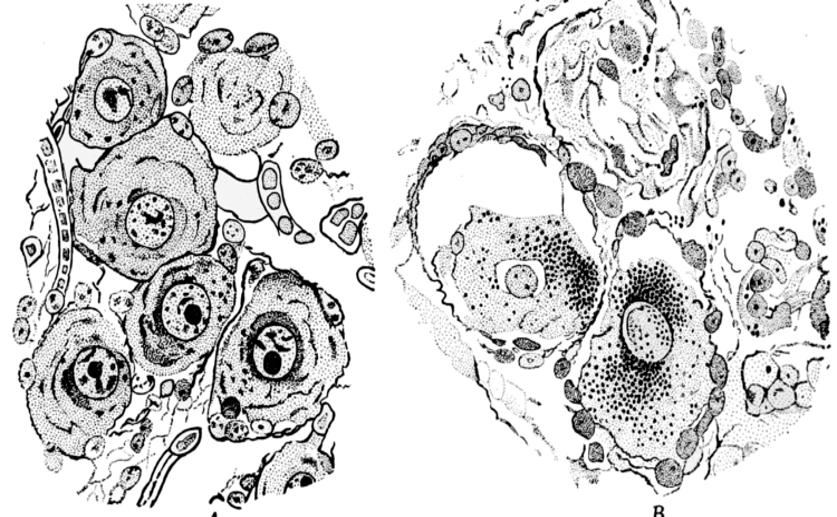
This archived news article is over 5 years old.
Researchers Used Cellular Reprogramming to Reverse the Aging Process in Live Mice
Elizabeth Fox
16th December, 2016


Elizabeth Fox
16th December, 2016
